The battle rages on. Should I shoe my horse or leave her barefoot? The arguing can be intense, but a sizable following has cropped up on the side of the barefoot horse which was a rare sight in many places until the latter half of the last century. These horse owners are quick to point out that horses and other hoofed animals seem to survive just fine in the wild without the use of shoes.
On the other hand is a group of horse owners who will always shod their horses. They think that it is very cruel to make a horse go through rough terrains barefooted, especially during trail riding. Horseshoes can protect a horse's hooves from foreign objects such as rocks from cutting and injuring them.
Let's take a closer look at the benefits of having shod and barefoot horses.
Shod Horses
- Domestic horses are mainly kept indoors on softer ground for long period of time, therefore are unlikely to develop a strong hoof on their own.
- Horses who work primarily in wet areas with soft soils and few rocks are less likely to wear their hooves down properly in a natural way.
- A horse with soft hoof would not be able to handle hard unforgiving terrains. Her hooves would be injured and could result to lameness problems.
- Horses not given a proper diet that mimics a wild diet in that it includes all the nutrients a wild horse would naturally encounter are likely to develop hoof problems that could cause pain and lameness without the protection of a horseshoe.
- Over breeding of horses without due concern for hoof quality has created a reliance on shoes in certain breeds of horses.
Barefoot Horses
- Those who supported having the "natural" barefooted horse believe strongly that a horse will wear its hooves down naturally.
- A barefoot hoof is likely to develop a strong hoof wall that will withstand abuse in the right terrain.
- Giving the right balance diet will reduce the possibility of debilitating foot conditions.
- Some horse owners claimed that they have horses who used to have serious problems with their hooves. However, once they are left barefooted, their hooves begin to form strongly.
No matter whether you choose to shod or leave your horse barefooted, it is vital to engage a reputable farrier. Unless your horse leads a life similar to a wild horse with the freedom to run on hard packed terrain for up to eighteen hours a day, chances are she needs her hooves trim regularly.
A shod horse's hooves need to be trimmed such that it fits the shoe properly. These horses usually have hooves that are trimmed with more of a pointed toe such that a horse's weight strikes the tow first before rolling back.
Many barefoot farriers will trim your horse's hooves based on many factors including its diet, lifestyle, activities, age and etc. Some farriers will give your horse a "mustang trim" that most closely resembles the wear seen on wild mustangs in the American West.
While the thinking behind this seems logical, it is worth noting that this style of hoof most benefits the wild mustangs on which it is found naturally and your horse likely does not live the same style of life that a wild mustang lives.

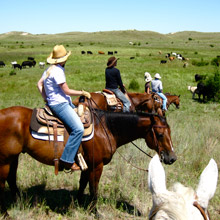 Reasons to Consider Horse Ranch Vacation For Your Next Adventure Trip
Experiencing a horse pack trip and enjoying the beauty of na
Reasons to Consider Horse Ranch Vacation For Your Next Adventure Trip
Experiencing a horse pack trip and enjoying the beauty of na
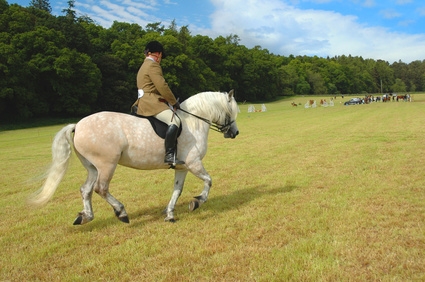 DIY Horse Trailer Living Quarters
DIY Horse Trailer Living Quarters
DIY
DIY Horse Trailer Living Quarters
DIY Horse Trailer Living Quarters
DIY
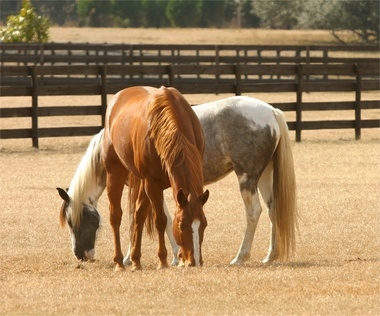 Horse Shelter Ideas
Horse Shelter Ideas
Horse Shelter Idea
Horse Shelter Ideas
Horse Shelter Ideas
Horse Shelter Idea
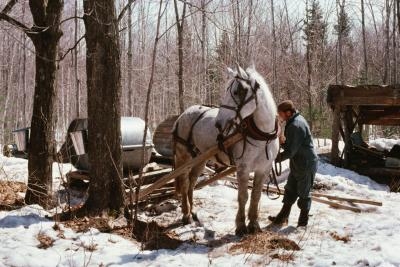 How to Hook Up a Horse Harness
How to Hook Up a Horse Harness
How to
How to Hook Up a Horse Harness
How to Hook Up a Horse Harness
How to
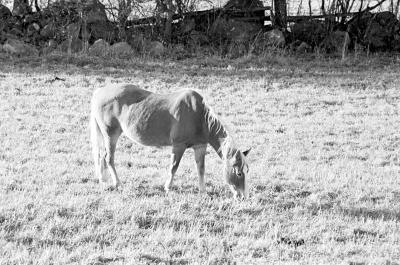 How to Fatten Up a Skinny Horse
How to Fatten Up a Skinny Horse
How to
How to Fatten Up a Skinny Horse
How to Fatten Up a Skinny Horse
How to